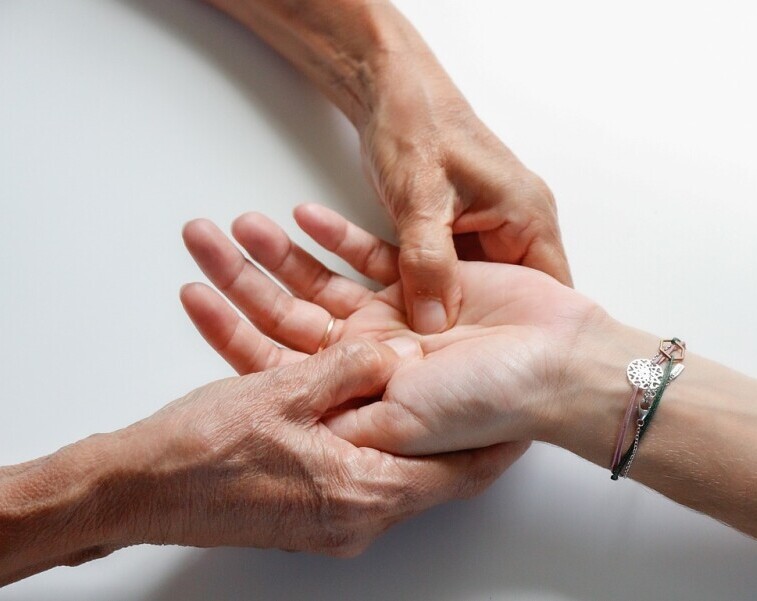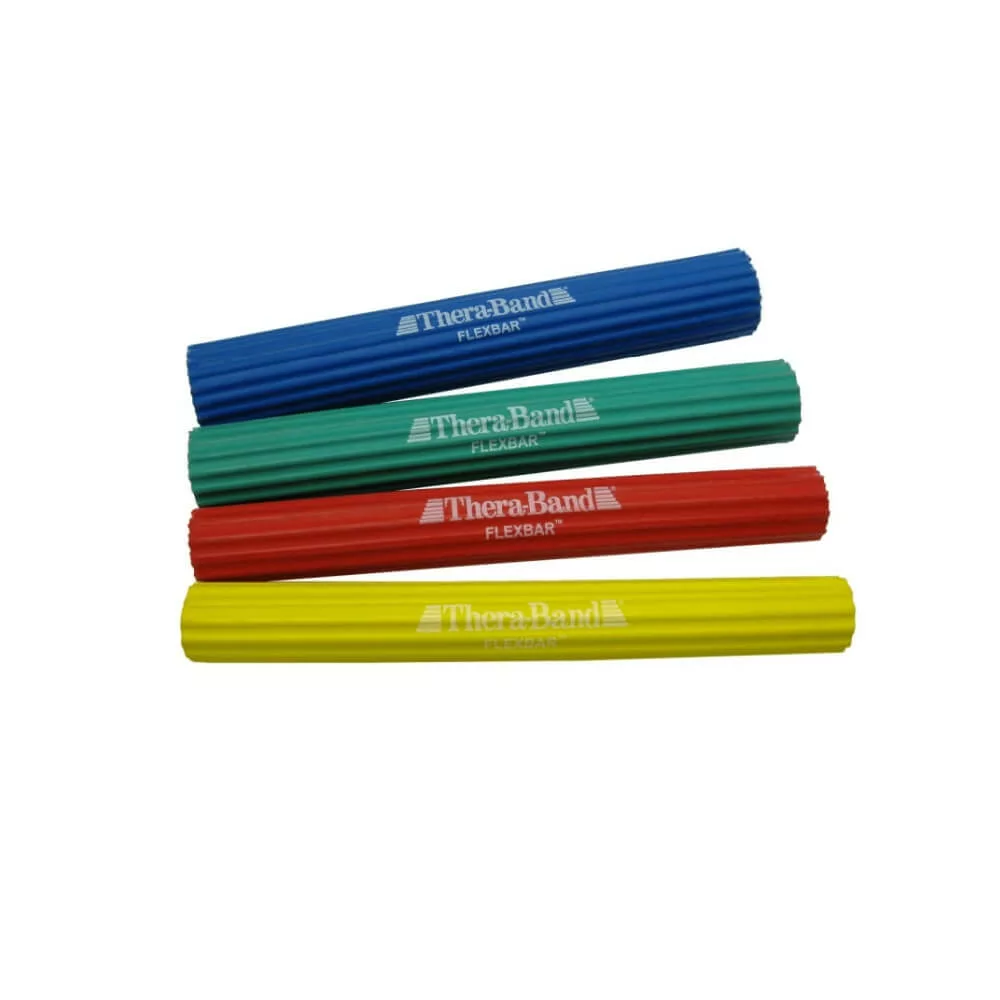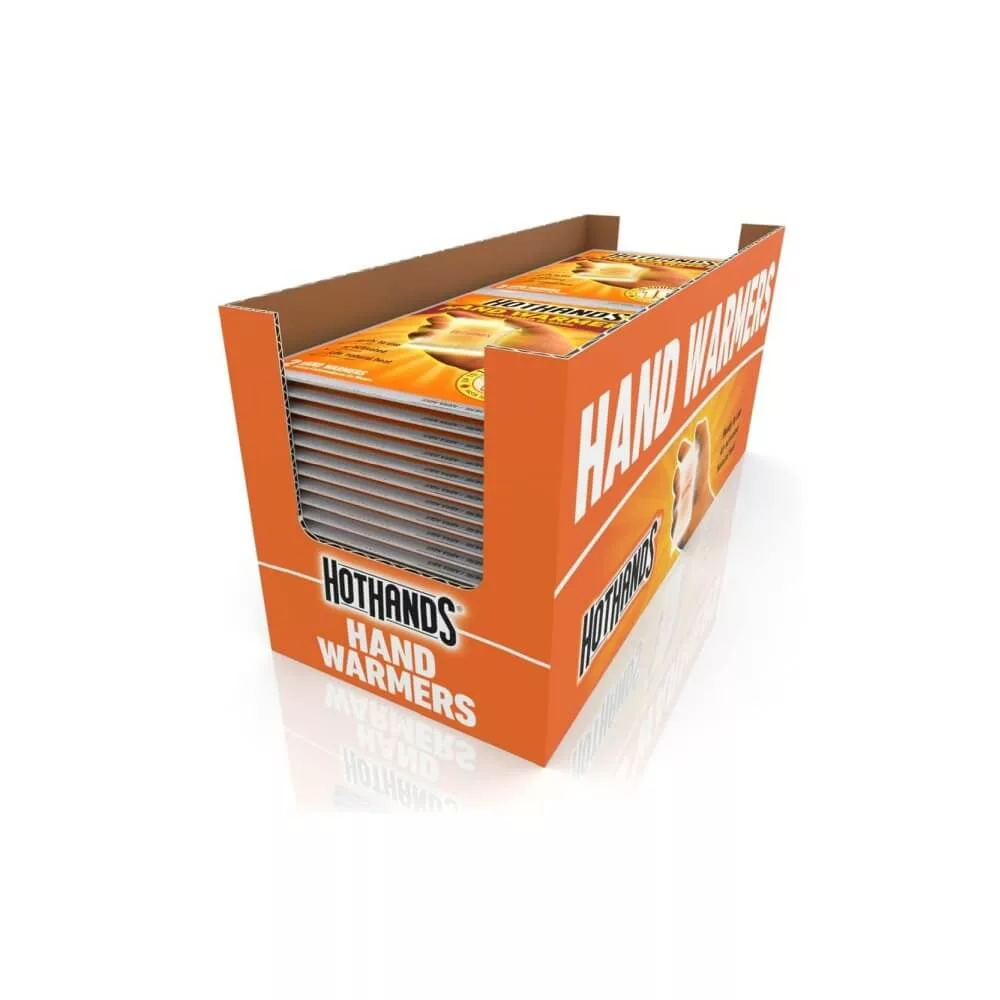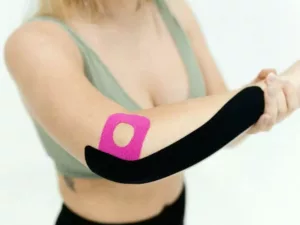(Last Updated on October 9, 2025 by Henry)
Hand and wrist health is more important than you might think. These parts of our bodies are involved in almost every task we do daily, from typing on a keyboard to holding a mug of coffee.
When they hurt or aren’t functioning correctly, it can drastically impact our daily routines and quality of life.
Common issues like carpal tunnel syndrome, tendonitis, and arthritis can lead to the need for hand and wrist recovery.
Even simple overuse or repetitive motions can cause discomfort and injury over time.
These conditions aren’t just inconvenient; they can be downright painful and make everyday tasks a challenge.
Massage can play a significant role in recovery by promoting blood flow and flexibility, reducing inflammation, and easing pain.
It’s a natural way to help your body heal, often providing relief when other treatments, like medication or surgery, seem too invasive or aren’t enough on their own. By understanding and utilizing massage techniques, you can support your hand and wrist health in a more holistic and proactive way.
The Anatomy of Hand and Wrist: A Primer
Knowing the basic structure of your hand and wrist is essential for effective recovery. The hand and wrist are intricate systems made up of bones, muscles, tendons, and nerves. Understanding how these parts interact can help you better address injuries and choose the right massage techniques.
The skeleton of the hand consists of 27 bones, including the carpals, metacarpals, and phalanges. These bones provide structure and support, allowing our fingers and wrists to move in various directions. The wrist alone contains eight small bones known as the carpals, which connect the hand to the forearm.
Muscles and tendons are responsible for movement and strength. They work together to facilitate actions like grip, flexion, and extension. When these muscles or tendons are overused or injured, it can lead to pain and reduced functionality.
Nerves run through the hand and wrist, including the median, ulnar, and radial nerves. These nerves control sensation and motor function. Injuries to these nerves can result in numbness, tingling, or even loss of function.
Knowing this anatomy helps in identifying which structures might be causing pain or discomfort and understanding why specific massage techniques can be so effective. It also underscores the importance of a targeted approach in massage therapy, ensuring that the right areas are addressed for optimal recovery.
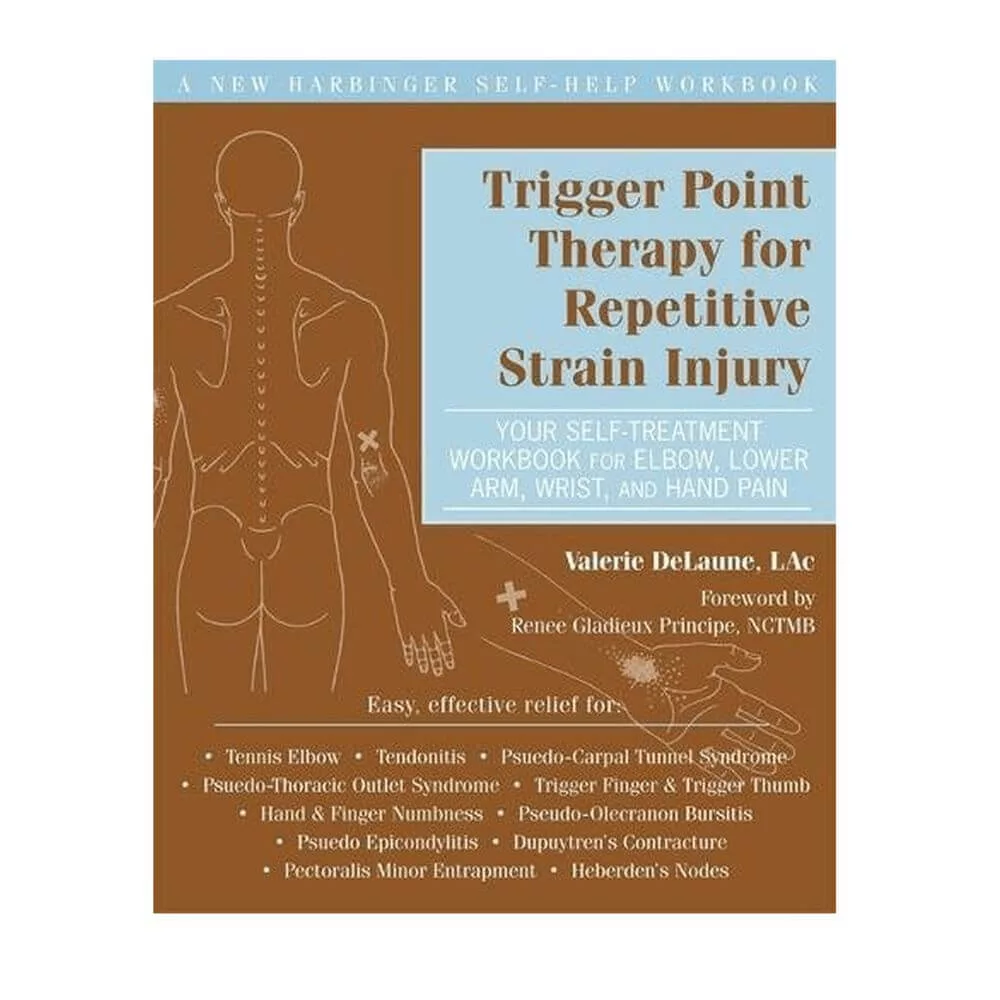
Identify & Manage Repetitive Strain Injury Symptoms Quickly
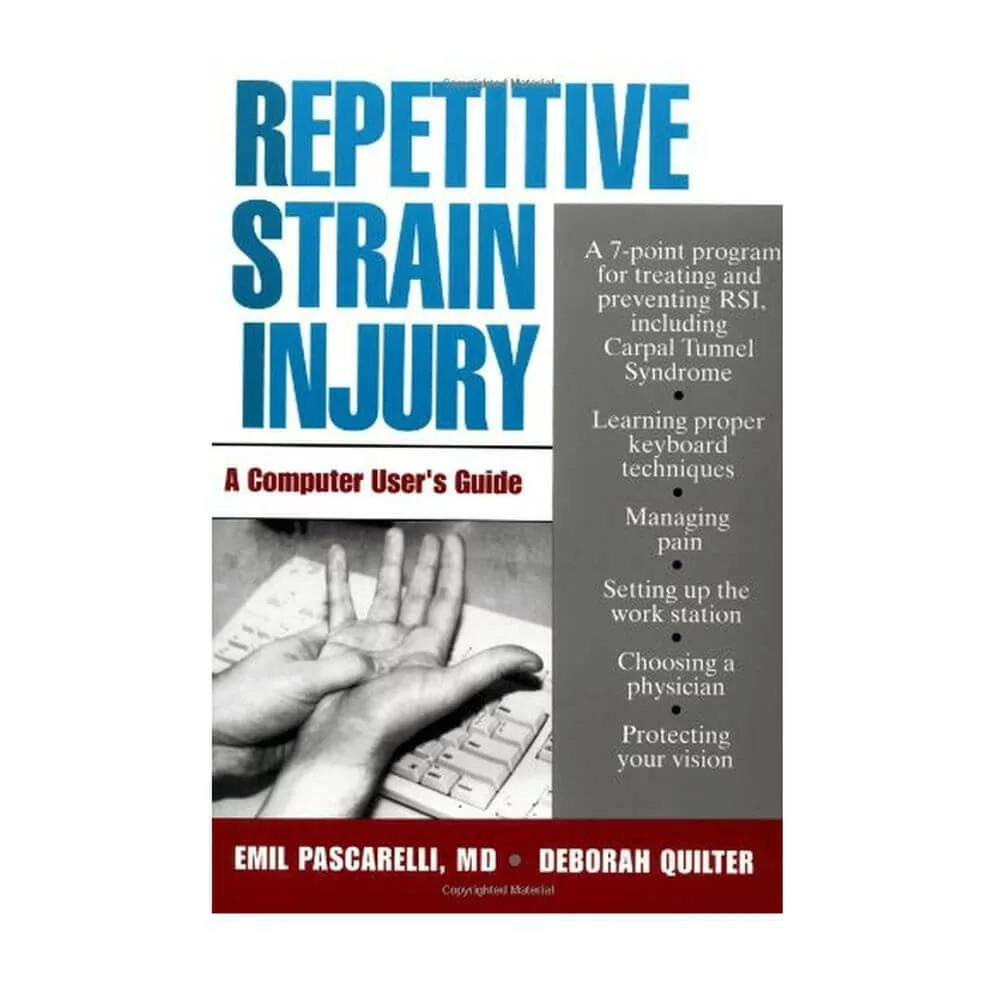
Follow Proven Advice to Overcome Repetitive Strain Injury

Practical Methods to Treat Repetitive Strain Injury Effectively
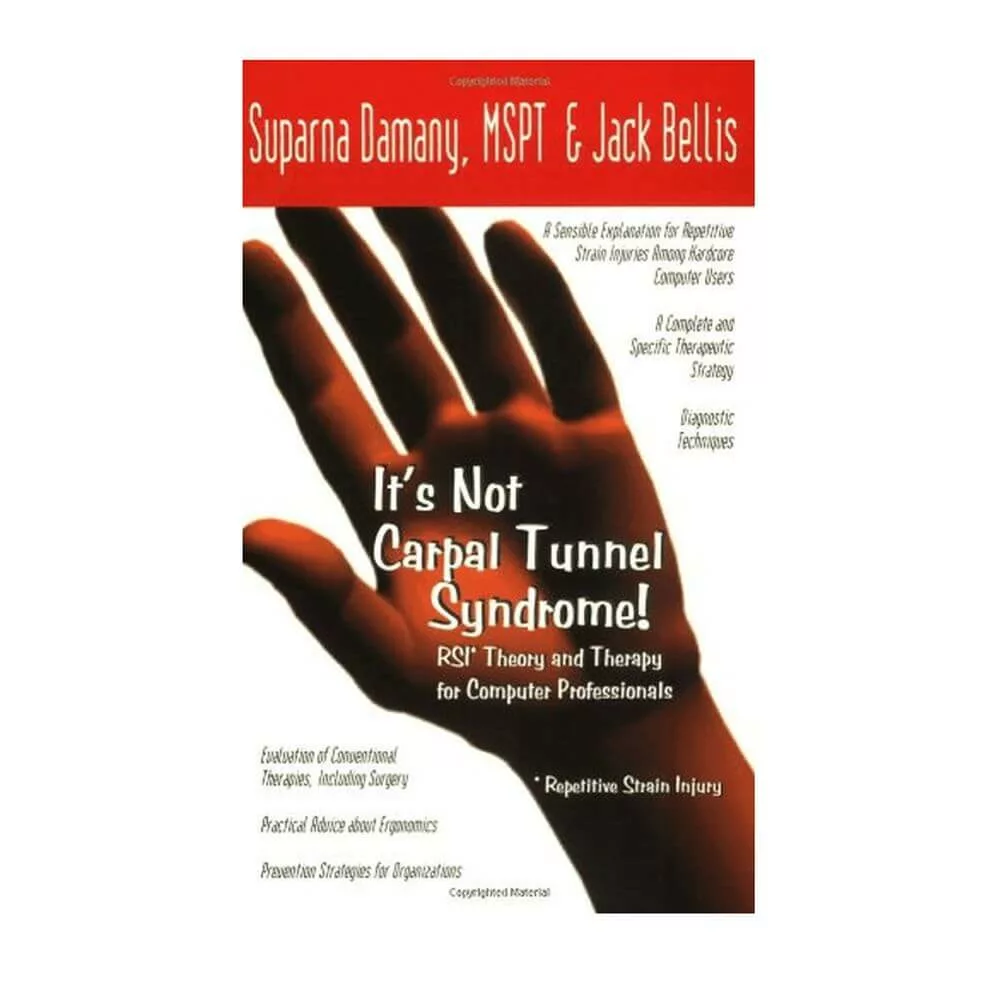
Relieve Carpal Tunnel Syndrome and Avoid RSI Traps
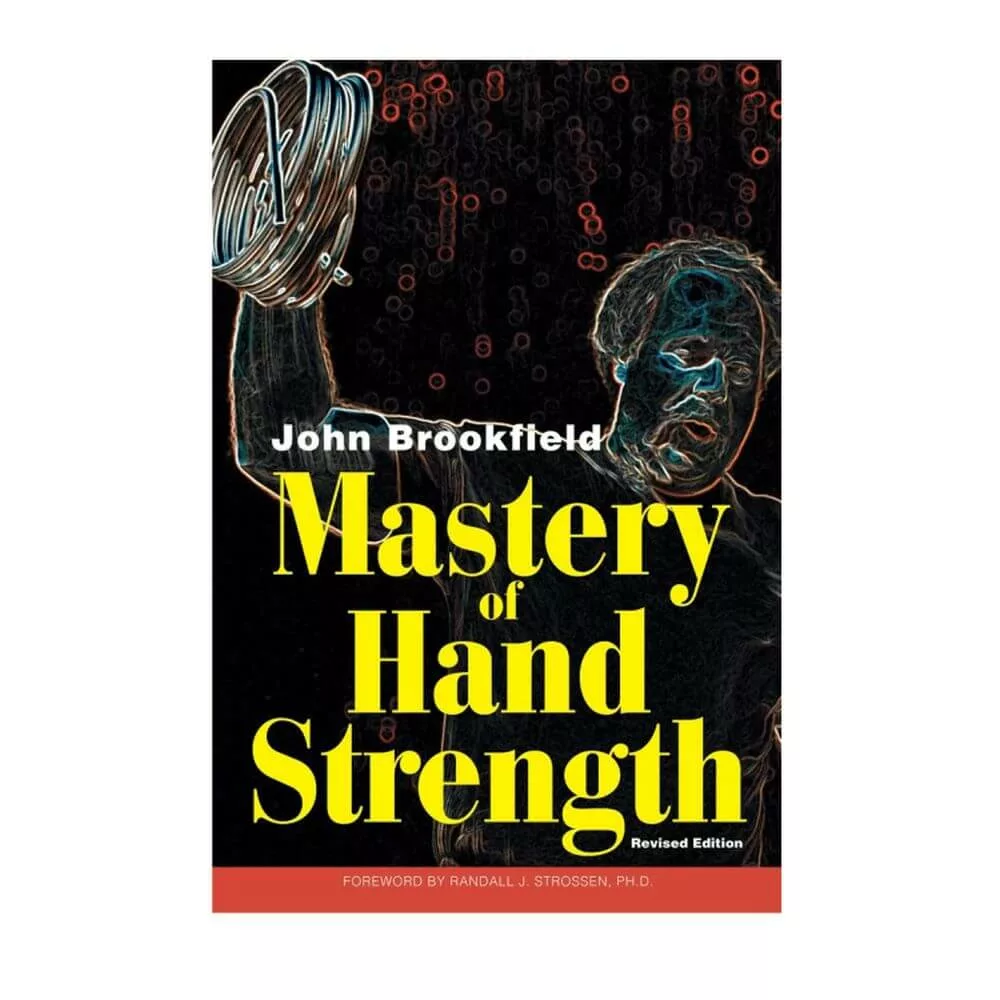
Build a Powerful Grip with Mastery of Hand Strength

Master Your Grip with the Official Captains of Crush Grippers Guide
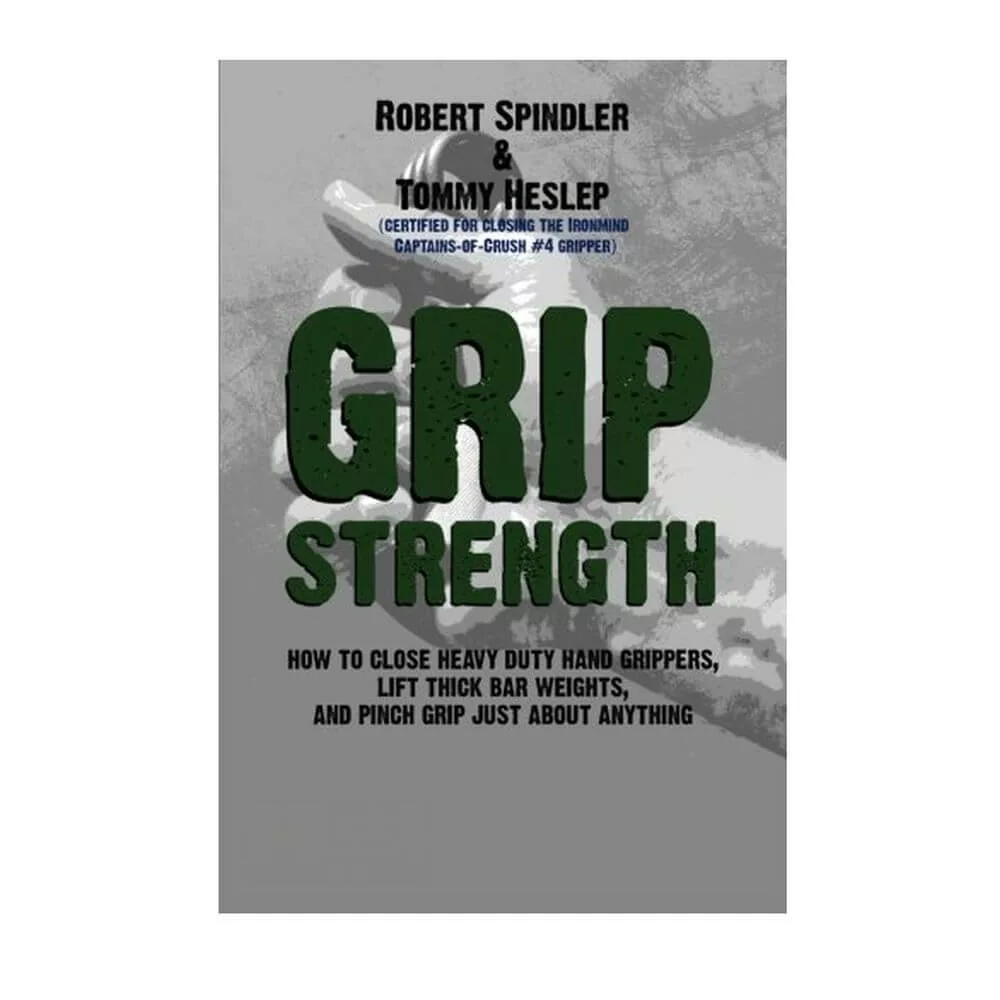
Boost Your Grip Strength with This Powerful Resource
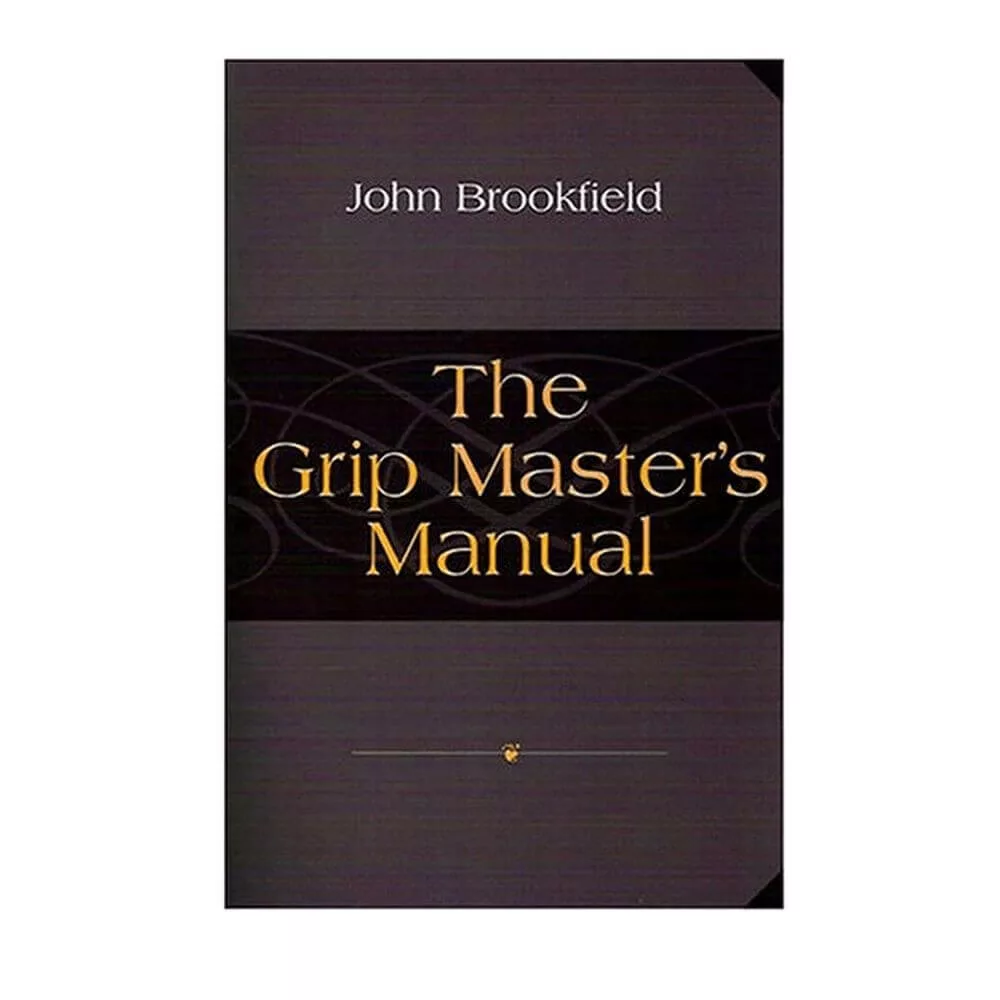
Unlock Grip Strength with The Grip Master’s Manual
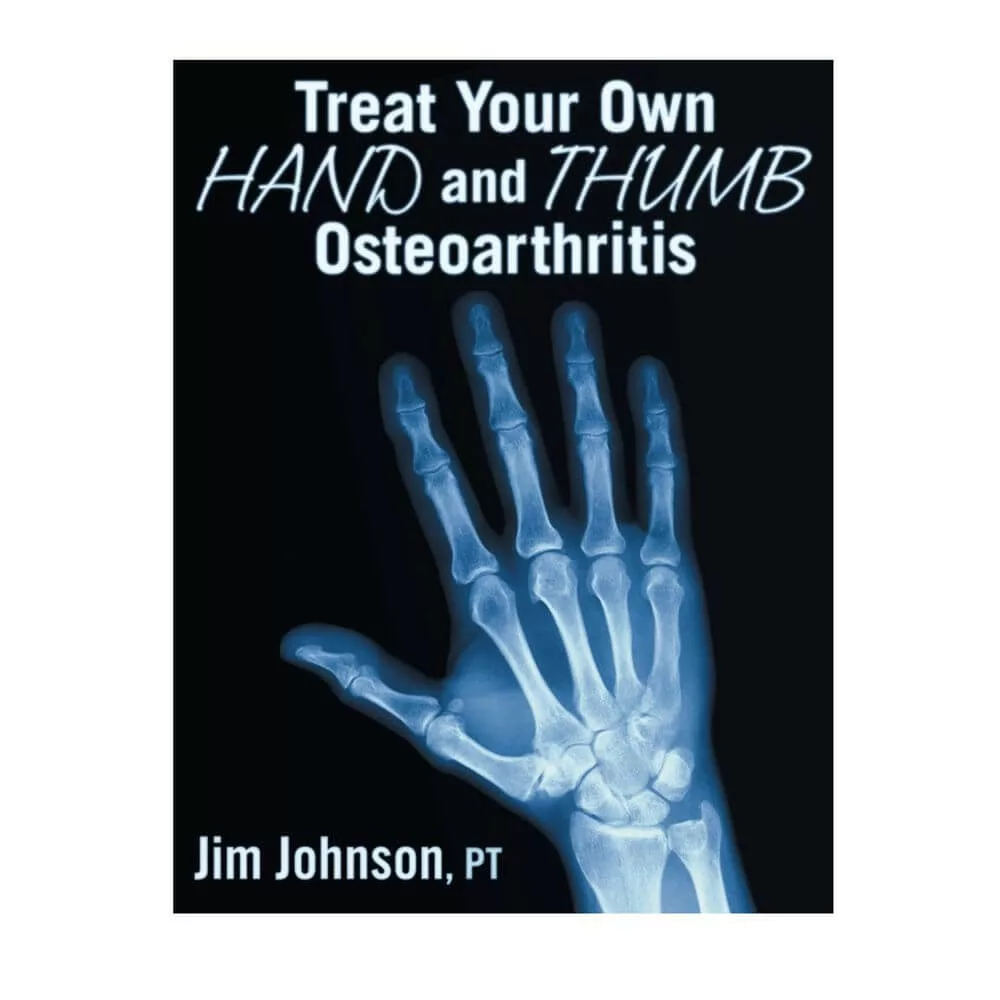
Effective Treatments for Osteoarthritis to Reduce Pain
Assessing Your Needs: When to Seek Massage
Recognizing when to seek massage therapy is crucial for effective hand and wrist recovery. Not every discomfort requires professional intervention, but persistent or intense symptoms shouldn’t be ignored.
Common signs that indicate the need for massage include persistent pain, stiffness, swelling, and a reduced range of motion. If these symptoms linger despite rest and basic self-care measures, it may be time to consider massage therapy.
Understanding whether you’re dealing with a chronic or acute condition is also important. Acute issues, like a sudden injury or strain, often benefit from immediate but gentle massage. On the other hand, chronic conditions, such as repetitive strain injuries or arthritis, may require a more consistent and long-term massage plan.
Before starting any massage therapy, it’s wise to consult with a healthcare professional. They can help diagnose the specific issue and recommend the best treatment approach. This step ensures you’re not exacerbating any underlying conditions.
By assessing your symptoms and understanding the nature of your condition, you can make informed decisions about when to seek massage and the type of therapy that will best support your recovery.
The Essentials of a Healing Environment
Creating a calming space is key to effective hand and wrist recovery. The right environment can significantly enhance the benefits of massage therapy and promote overall relaxation.
Start with a quiet room where you can relax without interruptions. Ambient lighting, such as soft, warm lights, can help create a soothing atmosphere. If possible, use natural light to enhance the space.
The room temperature should be comfortable, not too hot or too cold. Soft, relaxing music can further improve the ambiance, providing an auditory cue for your body to unwind.
Consider aromatherapy to enhance your relaxation. Essential oils like lavender or eucalyptus can be diffused to create a calming scent that adds to the healing environment.
Comfort is paramount, so use a supportive chair or a massage table. Soft pillows and blankets can also help you feel more at ease.
Being mindful of your mental state matters. Before starting your massage, take a few deep breaths to center yourself and focus on the recovery process. This mental preparation can make your massage more effective by allowing you to fully commit to the experience.
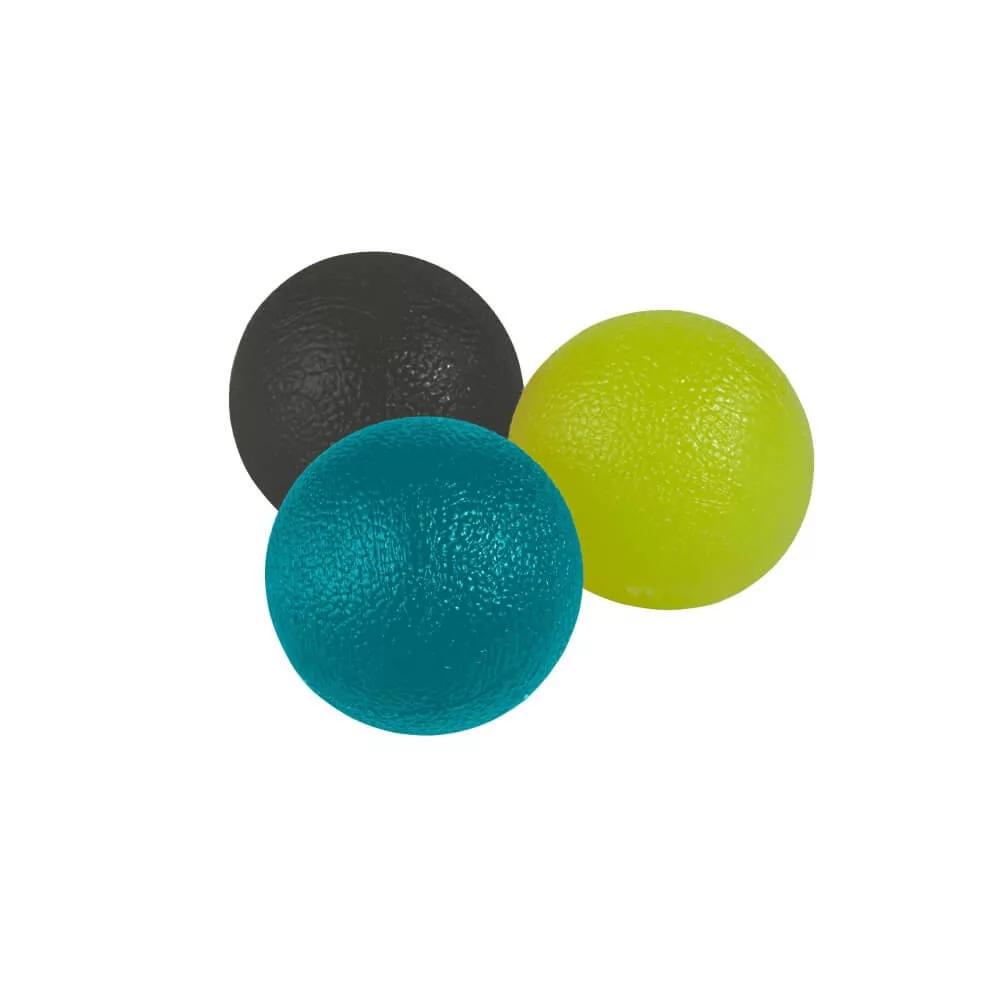
Hand Exercise Balls: Simple Relief & Strength for Tired Hands
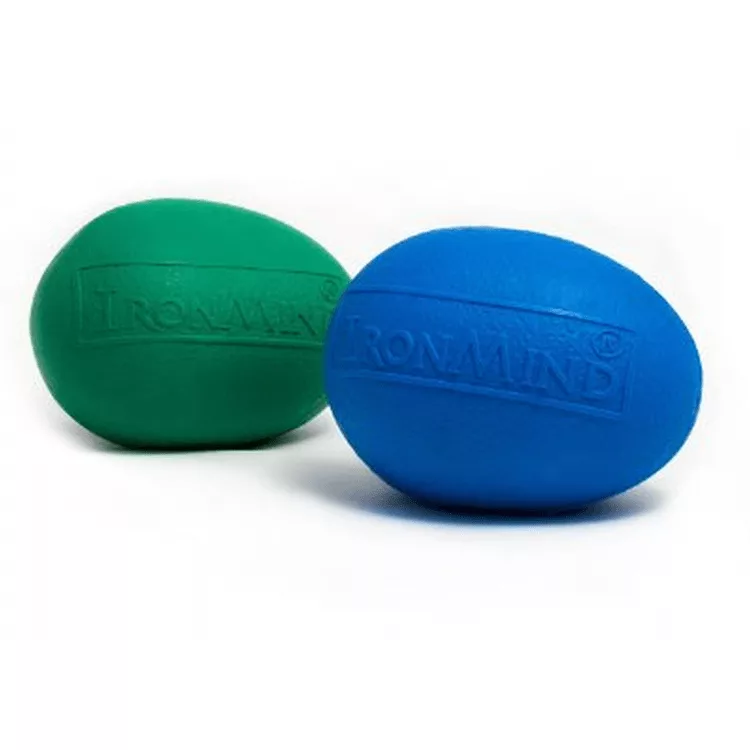
Fantastic Hand & Finger Strength Trainer to Keep Grip in Shape

Can Muscle Floss Bands Speed Up Recovery & Improve Mobility?

Can a Finger Splint Really Provide Quick Pain Relief & Recovery?

Modern Rice Bucket Gadget for Grip & Forearm Training?
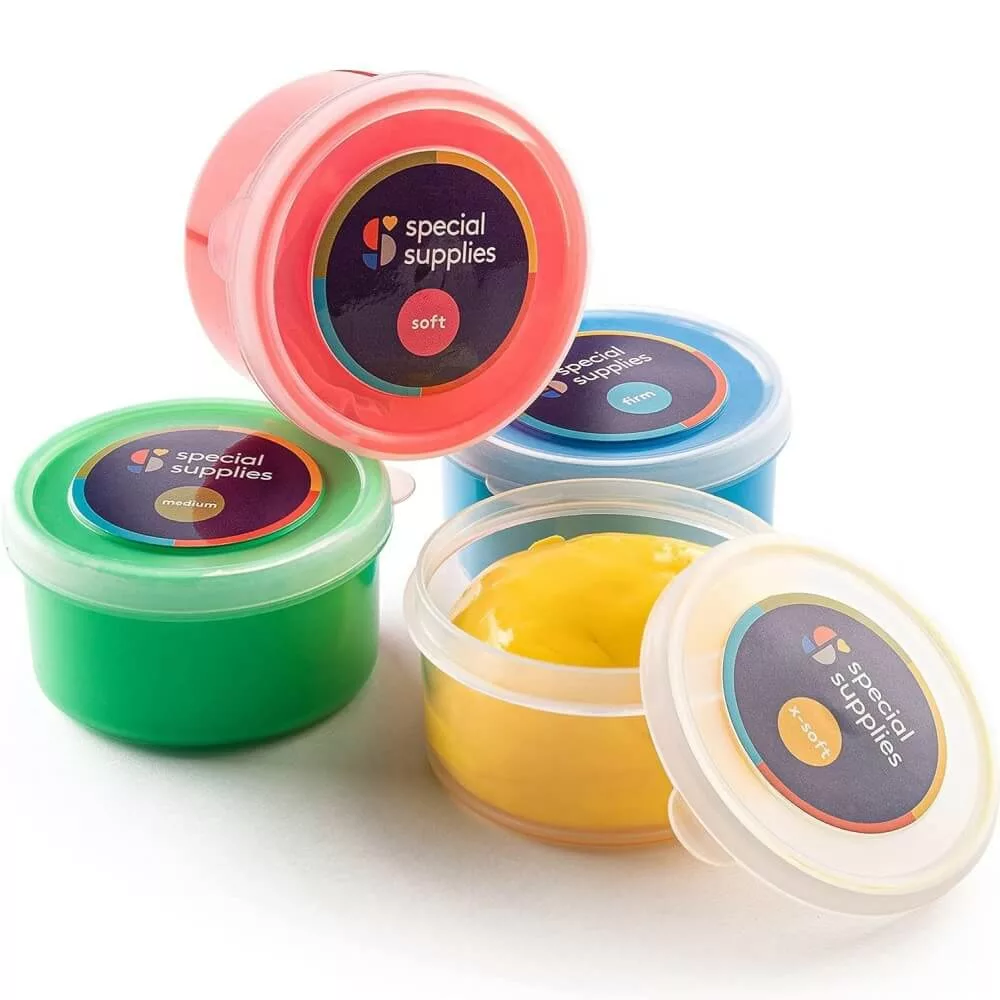
Therapy Putty: Rehab-Grade Hand Recovery & Grip Training?
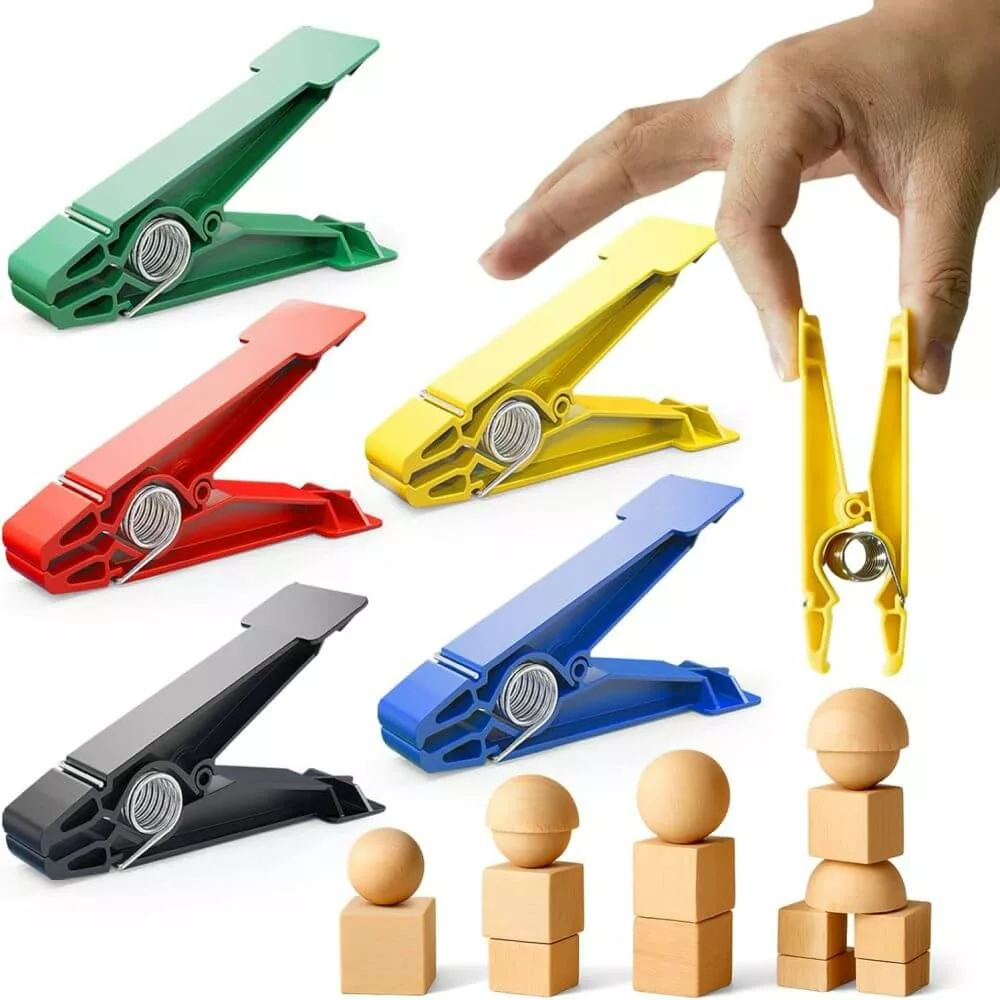
Therapy Clips for Rehab, Dexterity & Pinch Grip Recovery
Fundamentals of Massage Techniques for Recovery
Getting the basics right is essential when it comes to massage techniques for hand and wrist recovery. Different techniques focus on various aspects, from improving circulation to easing tension and soothing pain.
Effleurage is a foundational technique involving long, gliding strokes. This method helps in warming up the muscle tissue, increasing blood flow, and promoting relaxation. It’s often used at the beginning and end of a massage session.
Kneading or petrissage involves squeezing and lifting the muscles.
This technique is excellent for releasing tension and improving muscle flexibility.
It can also help to break down adhesions, which are knots in the muscle fibers.
Friction massage uses deeper pressure to target specific areas of muscle tension.
By applying circular or transverse movements with the fingertips or thumbs, friction massage can promote deeper muscle release, making it ideal for chronic pain areas.
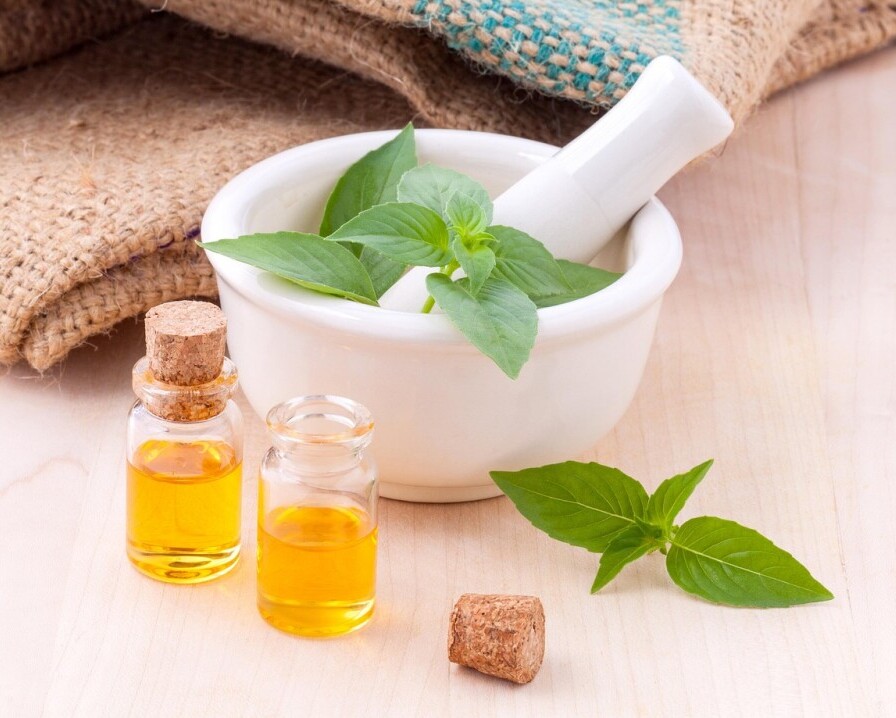
Tapotement, or rhythmic tapping, can help stimulate the nervous system and energize the muscles. Although less commonly used for hand and wrist issues, it can complement other techniques by adding variety and stimulating blood flow.
Understanding the importance of technique and pressure is critical. Excessive pressure can cause more harm than good. Find the right balance that offers relief without causing discomfort. Starting with lighter pressure and gradually increasing it as needed ensures safety and effectiveness.
Step-by-Step Guide: Massage Techniques for the Hand
Starting with the right techniques for the hands can set the foundation for effective recovery. Begin by using effleurage, those long, gentle strokes to warm up the hand muscles. These motions increase blood flow and start the relaxation process.
Follow up with kneading. Use your thumbs and fingers to apply gentle pressure in circular motions on the palm. This can help release tension and loosen tight muscles, especially after a long day of repetitive tasks.
Focus on individual fingers by gently pulling and twisting each one. Pull the finger slowly from the base to the tip, and then twist it gently to promote joint flexibility and relieve stress.
For deeper muscle release, apply friction techniques between the metacarpal bones. Use your thumb to make small circular motions in the webbed areas between your fingers. This helps break down adhesions and ease tightness.
Spend extra time on the base of the thumb, an area often overused, especially from gripping activities. Use firm but gentle pressure in a circular motion to relieve tension and improve mobility.
Finish with gentle stretches for the fingers and wrist. Flex and extend each finger to its comfortable range and rotate the wrist in both directions to enhance the range of motion.

Hand Exercise Balls: Simple Relief & Strength for Tired Hands

Fantastic Hand & Finger Strength Trainer to Keep Grip in Shape
Step-by-Step Guide: Massage Techniques for the Wrist
Start by gently warming up the wrist area with effleurage. Use long, fluid strokes along the forearm and around the wrist to stimulate blood flow and relax the muscles.
Move on to kneading the wrist’s surrounding muscles. Use your thumb and fingers to apply circular pressure along the forearm and around the wrist joint. This technique helps to reduce stiffness and improve muscle flexibility.
Apply friction massage for deeper relief. Use your thumb to make short, firm circular motions around the wrist joint, targeting areas where you feel tightness or discomfort. This helps to break up adhesions and alleviate chronic pain.
Incorporate passive stretching to enhance mobility. Gently extend and flex the wrist within a comfortable range of motion. Rotate the wrist slowly in both clockwise and counterclockwise directions.
This can help loosen tight muscles and improve joint flexibility. Don’t overlook the importance of thumb massage. Apply gentle circular pressure around the base of the thumb, where many tendons converge. This can help in relieving tension and promoting relaxation.
Combine your massage with a range of motion exercises. Flex and extend your wrist, practice side-to-side movements, and rotate your wrist to ensure all directions are addressed. This multi-angle approach aids in comprehensive recovery.
Finish with a light stretching session for the wrist and hand. Extend and flex your fingers while also opening and closing your hand to promote overall mobility and ease any remaining tension.
Recovery Success Stories: How Massage Helped Others
Real-life examples of recovery can be incredibly motivating and insightful. These stories highlight how consistent and targeted massage therapy can make a significant difference in hand and wrist health.
Take the example of Jane, a graphic designer who suffered from chronic wrist pain due to years of repetitive strain. She incorporated specialized wrist massages into her routine and noticed significant improvements in her range of motion and pain levels after just a few weeks. Her experience underscores the importance of consistency and proper technique in achieving recovery.
There’s also Mark, an avid rock climber, who dealt with severe hand cramps and muscle fatigue.
With regular hand massages focusing on relieving tension and increasing blood flow, Mark was able to return to his sport with greater strength and flexibility.
His story demonstrates how specific techniques can target and alleviate intense muscle strain.
Then there’s Alice, a teacher who experienced persistent thumb pain from excessive writing.

She found relief through targeted thumb massages and light stretches, which not only eased her pain but also improved her overall hand function. Alice’s journey shows that even small, focused massage efforts can lead to significant improvements.
These success stories emphasize that massage therapy isn’t a one-size-fits-all solution. Each person’s journey is unique, and the key lies in finding the techniques and routines that work best for your specific needs. With patience and dedication, you can achieve similar positive outcomes in your own hand and wrist recovery.
Maintaining Hand and Wrist Health Post-Recovery
Once you’ve regained mobility and reduced pain, maintaining your hand and wrist health is crucial to prevent re-injury. Regularly incorporating gentle massage into your routine can help keep your muscles flexible and your joints mobile.
Stretching exercises for your hand and wrist are essential. Take a few minutes each day to perform simple stretches, such as finger flexes, wrist rotations, and hand-opening exercises. These keep your muscles loose and joints flexible.
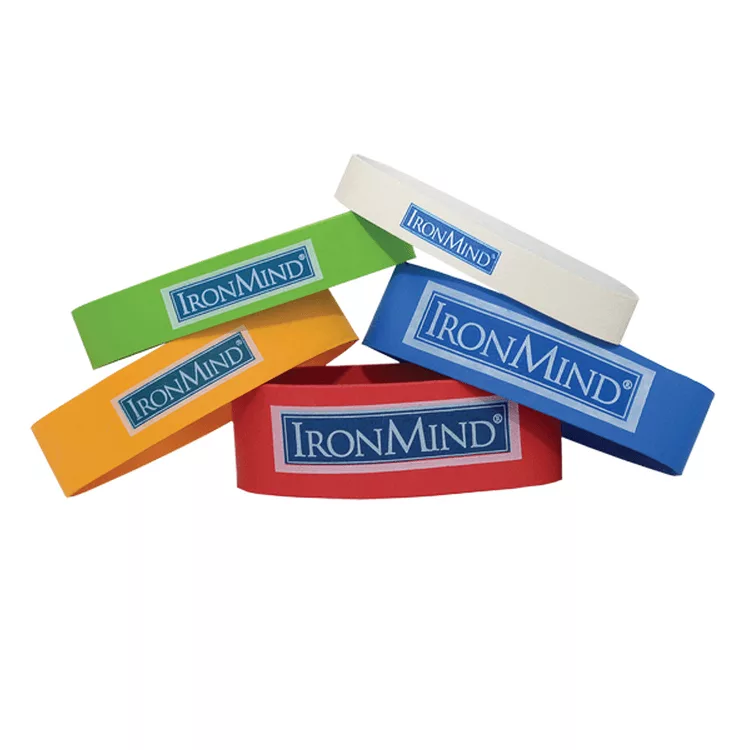
Why are Handbands Staple to Build Hand Muscle Balance?
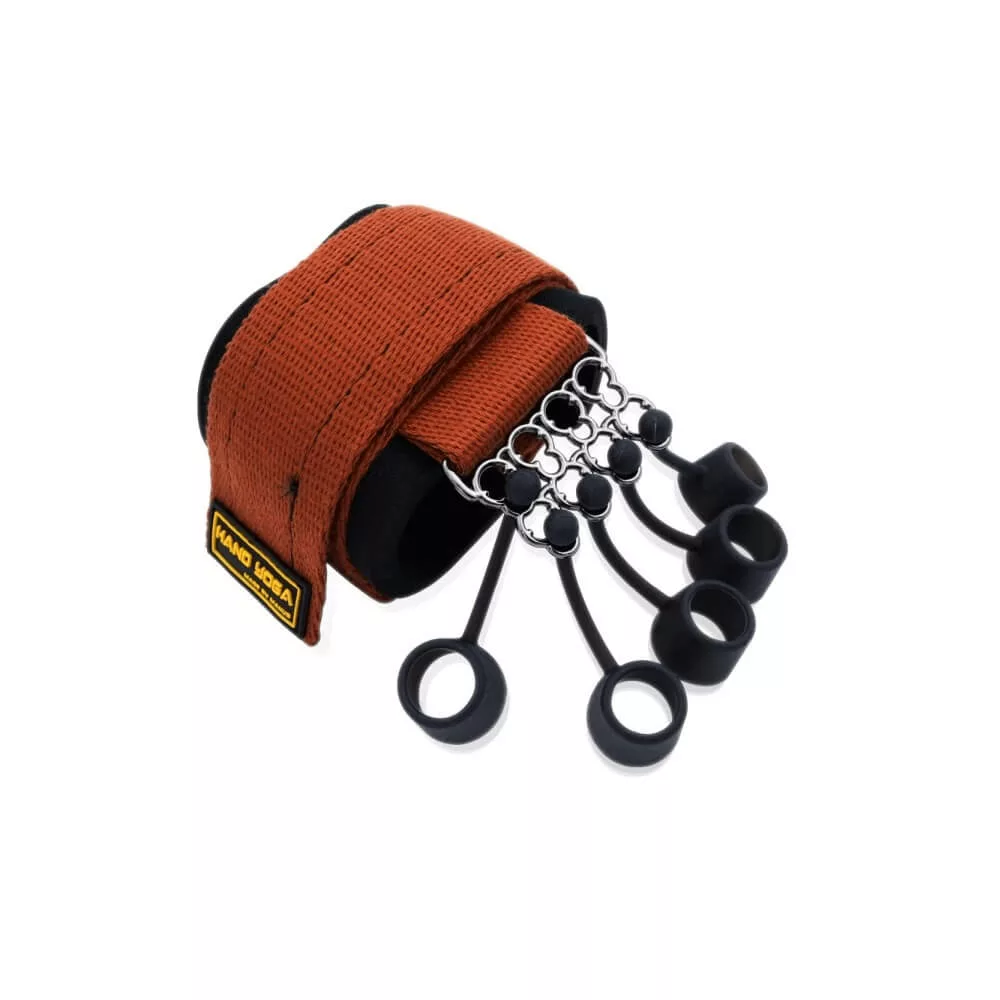
Fancy Finger Exerciser to Build Functional Grip Strength
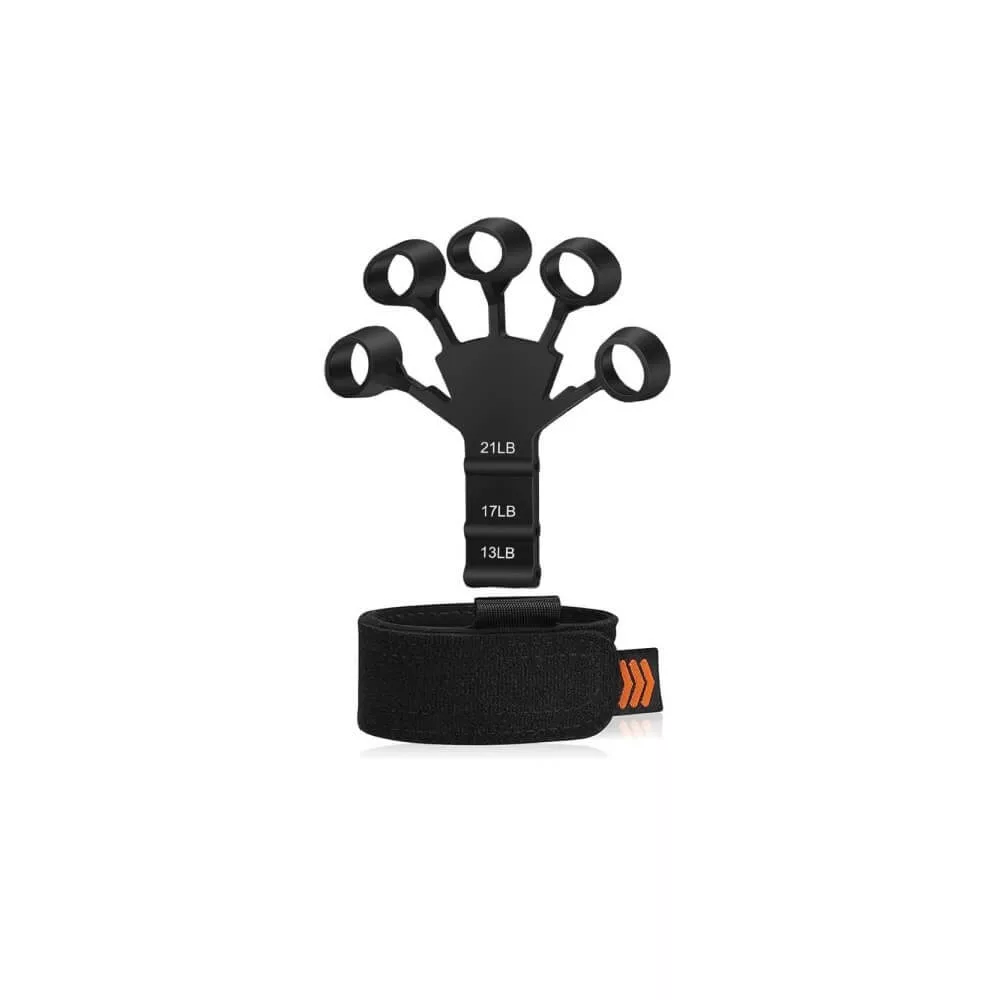
Fun & Affordable Way to Rehab Weak Hands
Don’t underestimate the importance of proper ergonomics, especially if you’re working at a desk. Ensure your workspace is set up to minimize strain on your hands and wrists. This includes using ergonomic keyboards, mouse pads, and maintaining good posture.
Strengthening exercises can also be beneficial. Light resistance training with tools like hand grips or stress balls can improve muscle strength and endurance, reducing the likelihood of future injuries.
Pay attention to any early signs of discomfort or strain. Addressing these symptoms early with rest, ice, and gentle massage can prevent minor issues from becoming significant problems.
Listen to your body. Overuse and repetitive stress are common culprits in hand and wrist problems. If you feel discomfort, take breaks and give your hands and wrists time to recover.
Thanks for Stopping By
Have Questions?
Please Leave A Comment

